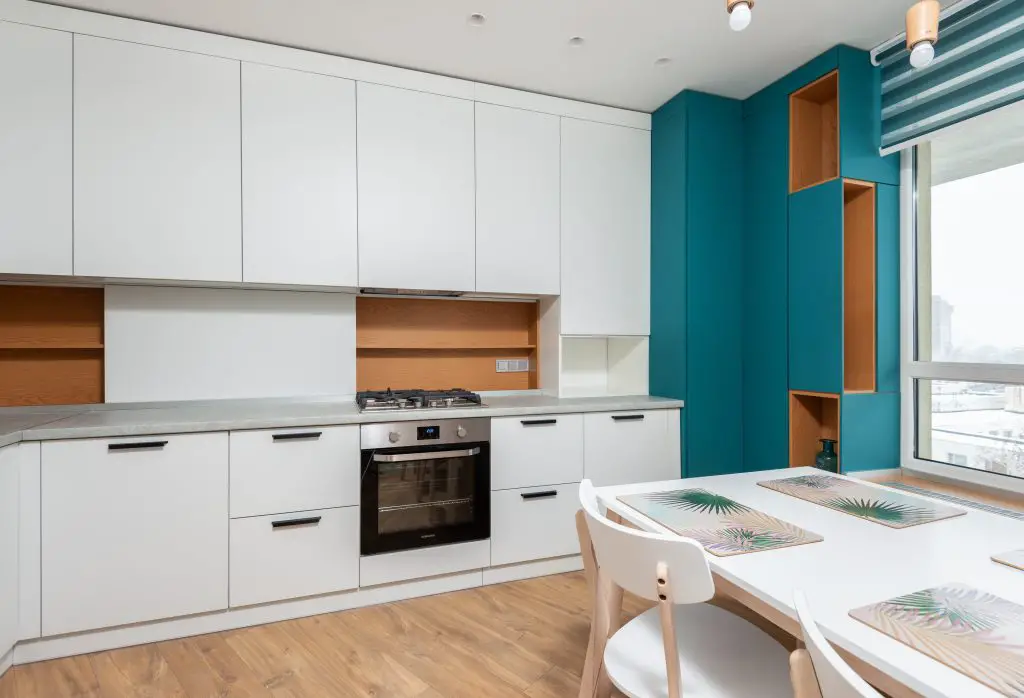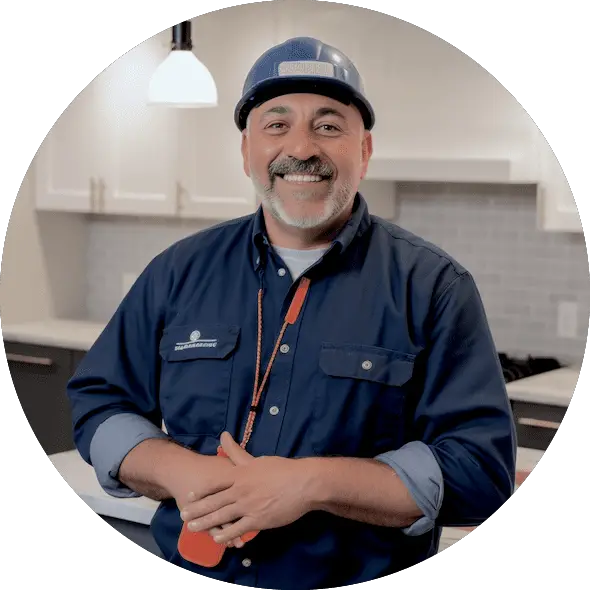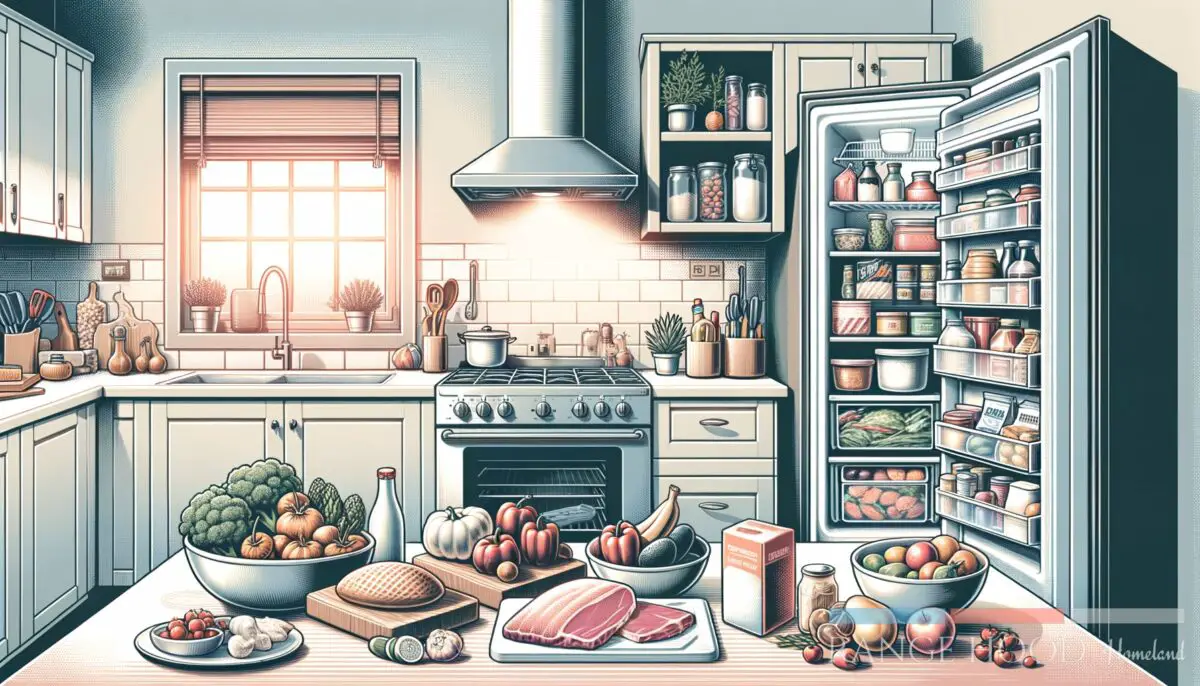We all know that gas stoves produce a lot of heat and fumes while cooking. Thus, they need a range hood to vent fumes, but what about electric stoves? But do you need a vent for an electric stove?
This article will teach you what a vent is, and how it works so you can have peace of mind knowing your home is safe from toxic fumes
What is a vent?
A kitchen vent in the kitchen is a small opening in the wall or ceiling through which warm air and moisture can escape. Ventilation in kitchens is crucial to maintaining a comfortable temperature and preventing food odors and cross-contamination. Keeping the vent clean is important so that cooking smells don’t accumulate, disturbing your roommates or family members. The vent can be cleaned using a vacuum cleaner with a crevice tool or a damp cloth.

COSMO COS-63190S Wall Mount Range Hood

COSMO COS-63190S Wall Mount Range Hood
How does a vent work?
A vent conveys air or vapor through a duct, opening, or pipe. The ducts, openings, and pipes can be on the exterior of a building or on the interior of a building.
Vents can provide fresh air to an enclosed space, such as a laboratory, or they can release exhaust gases from a process or machine. This is often done through an opening in the roof or walls, allowing air to move freely without being too constrained. This allows the building to breathe and stay cooler and warmer in the wintertime.
Are vents the same as range hoods?
What are the benefits of a vent for an electric stove? (advantages)
There are many benefits to having a vent for your electric stove, including reducing your energy bills, improving the air quality in your home, and even making your home more comfortable. Here are five of the most important benefits of having a vent for your electric stove:
Reduced energy bills A vent for your electric stove will allow hot air to escape, reducing the energy needed to cook food.
Improved air quality Venting your electric stove will help improve your home’s air quality, reducing the risk of respiratory problems.
More comfortable kitchen A vent for your electric stove will allow warm air to circulate throughout your kitchen, making it more comfortable and inviting.
Increased security A vent for your electric stove can help to protect you and your family from fire hazards.
Increased usability A vent for your electric stove can also improve the usability of your kitchen by making it easier to cook large meals or bake large batches of cookies or cakes.

Why do you need to vent your stove?
For several reasons, you should use a range hood to vent your stove.
A range hood, whether ducted or ductless, improves indoor air quality.
According to the World Health Organization, indoor air pollution kills 3.8 million people each year. Indoor air pollution is especially hazardous to children. Fifty percent of children under five who died from pneumonia died due to poor indoor air quality.
It exhausts strong odors and chemicals from your home’s interior air to the outside.
Cooking exhaust and chemicals such as carbon monoxide are filtered from your home by range hoods. The majority of the pollutants in your kitchen are removed by a ducted range hood. This is the most secure method of ventilation. On the other hand, a recirculating range hood draws kitchen air through charcoal filters. The air is then recirculated back into your kitchen.
The charcoal filters absorb odors and trap some contaminants. They are, however, not as effective as moving the air outside your house.
It prevents heavy grease and dirt from accumulating on your kitchen cabinets, walls, and ceiling.
If you don’t have a range hood, steam, smoke, and grease droplets rise into your kitchen cabinets. Grease will also accumulate on the walls and other surfaces in the kitchen. When using a range hood, all the smoke and steam are drawn through the duct or charcoal filters. It doesn’t get all over your kitchen. It will easily clean your kitchen air if you have the right-sized hood and mount it at the proper height.
A range hood fan is a great conversation starter when selling your home.
The range hood is a great conversation starter whether you’re having dinner with your family, throwing a party, or selling your home. It is a stunning and functional kitchen appliance that will impress your guests.
It will keep your kitchen free of smoke and steam for many years.
Contrast a kitchen exhaust fan with a standard electric fan. Unlike an electric fan, your range hood is installed above the range for maximum efficiency. It should last at least a decade. Not to mention the incredible versatility that variable speed range hoods provide. You can also duct it outside to remove the hazardous contaminants completely.
Does the code require a stove vent?
In residential settings, range hoods are not specifically required by code. However, every range hood must meet safety standards. Most states outline commercial vent hood requirements, which include, but are not limited to:
- A commercial hood must have a duct that leads to the outside.
- The ductwork must be made of stainless steel.
- It must be mounted at least 24″ from the cooktop (for maximum efficiency, we recommend 28″).
What are the different types of vents?
There are a few different vents, each with unique benefits and drawbacks. Here are the three main types of vents:
- Roof vents
These vents allow air to flow through a building through the roof, providing ventilation for inside and outside spaces. They are typically installed in high-traffic areas like the lobby or entranceway. - Wall vents
Wall vents are typically installed in tight spaces, such as between walls or ceilings, to allow air to circulate. They come in various sizes and shapes and can be open or closed. - HVAC vents
These are generally installed where airflow is necessary, but access is limited, such as attics or crawlspaces. They come in various sizes and shapes and can be open or closed.
If you want even more tips and insights, watch this video called “Kitchen Rangehood Ventilation Solutions” from the Efficiency Matrix YouTube Channel.
Frequently asked questions (FAQ)
Do you still have questions? Below are some of the most commonly asked questions about venting for an electric stove.
Is an electric cooktop required to have a vent?
Customers occasionally call to ask if they need a vent hood for their electric stove. The truth is that you should think about installing a vent for your electric stove. A vent hood can be useful even if you only cook once or twice a week. It will clean and improve the quality of your indoor air.
How do I vent my stove if I don’t have a hood?
With specific advice from our readers, here’s what you can do to help mitigate the effects of your range-less kitchen:
Make use of a window fan.
Make use of a portable HEPA air filter.
Use a fan in a different room, such as the bathroom.
Purchase a grease splatter guard.
Clean your kitchen cabinets regularly.
Do all stoves require a hood?
Most residential building codes do not require a range hood above a stove or cooktop, but you should double-check that your area is not an exception. Even if it isn’t legally required, you should think twice before going without a hood.
What if you don’t have a vent above your stove?
Cooking without a range hood is not safe. Cooking emits harmful contaminants such as carbon dioxide, carbon monoxide, formaldehyde, and others. Toxins accumulate in your kitchen without proper ventilation and spread to other areas of your home.
Conclusion
So, there you have it. Maybe now that you know what vents are and how they work, you can stop worrying about whether your electric stove has one or not. If the stove doesn’t have a vent, consider installing one yourself!
This article covered what a vent is, how it works, and its benefits. Here are some key takeaways:
Key takeaways
- A vent in the kitchen is a small opening in the wall or ceiling through which warm air and moisture can escape.
- A vent conveys air or vapor through a duct, opening, or pipe.
- A range hood, whether ducted or ductless, improves indoor air quality.
So, do you have a vent for your electric stove? And did I cover everything you wanted to know? And what do you think of my list? Let me know in the comments section below (I read and reply to every comment). If you found this article helpful, check out my full blog for more tips and tricks in your kitchen. Thanks for reading, and stay safe.















